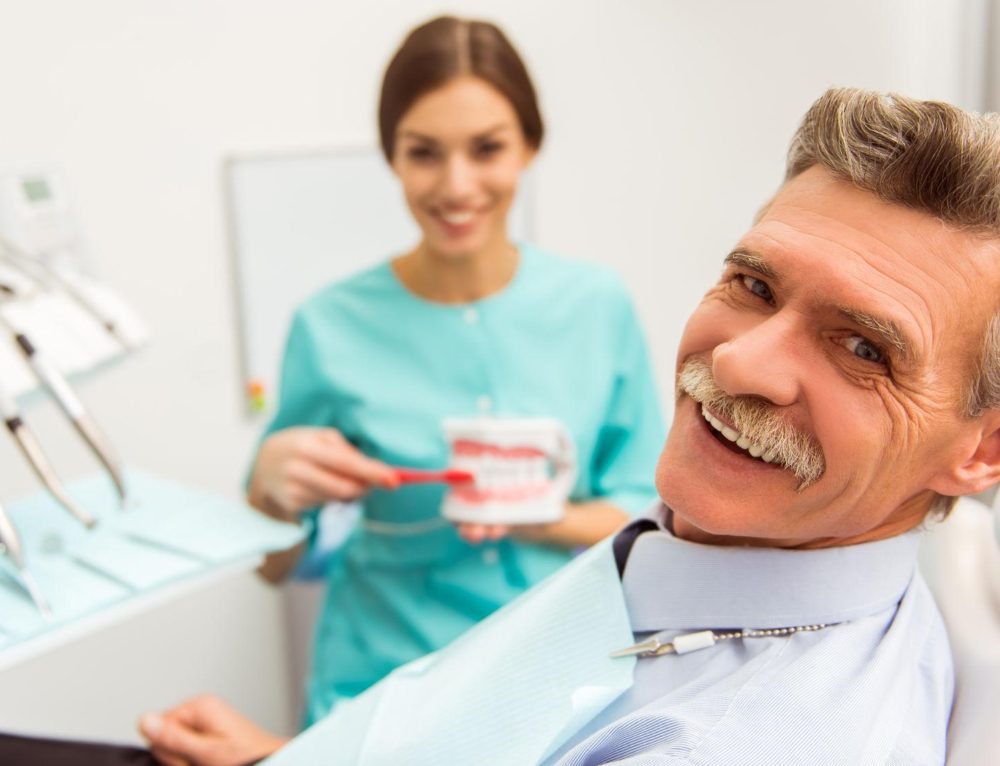In any healthcare setting, you are interacting with different types of people. Clinically, as dental professionals, you are working with a community of many different personality types. Because of a dental hygienist’s one-on-one interaction with patients, it is crucial to make a connection.
Making professional relationships with patients will only improve the overall care and treatment experience. Having relationships with patients can also increase patient comfort, lower stress/anxieties/fear, and increase the chance of patients following your oral hygiene recommendations.
There are different patient types. Some are outgoing, while others won’t open their mouth at all (other than when you are scaling). In some situations, patients prefer silence. They may be nervous, resulting in minimal chit-chat. You can usually tell what type of personality a patient is within the first few minutes of the hygiene appointment. At times, you may need to make the first move. Your relationship starts as you call the patient back to your operatory. Are you smiling? Did you greet them in a positive, kind manner? You may not realize it, but that can be a defining moment to how the appointment will go. Sometimes we may have to kill them with kindness a little harder.
After the patient is in the chair and the bib is on, what’s next? Implementing an icebreaker or a small introduction can help. You can introduce yourself a little more or ask them a question like, “How are your teeth feeling today? Or, “Are you experiencing any pain in your mouth?” That can start the appointment showing the patient you care about how they are feeling or what is bothering them in regards to their oral health. Once the icebreaker is melted, you may want to continue with something basic or general. You can start by discussing topics like sports, community events, or of course the weather. Some other baseline subjects that you may talk about are movies, television shows, current events, music, and books.
So, after introductions and you have made some sort of connection, you can continue the rapport by asking them a question about themselves. One key point in regards to questions is making sure it is an open-ended question (not yes or no questions). Open-ended questions allow more conversation to occur, and you won’t get a one-word answer. Another tip is keep conversation topics light. Try to avoid in-depth debates such as political or controversial subjects. Look what the patient is wearing. They may be wearing a t-shirt with their favorite band or sports team on it. Are the wearing a suit and tie? Maybe they are coming from work. Another strategy is complimenting the patient. This opens the doors to a positive response and communication.
One recent example I can think of is a new patient who appeared to be angry and closed off. A few minutes into the appointment, as I put the patient back in the chair, they asked if I was a football fan. I told him of course I am. We found something in common, and we talked about that the entire appointment. By the end of the appointment, the patient’s attitude was completely changed, compared to when they first walked in. This patient was extremely grateful. It was a great experience and appointment! One important piece of advice with any type of patient is to listen. Truly listening to a person can be very impactful.
If you meet a patient for the first time, you can write a small note to yourself about the patient, their answers, and what things you talked about. (An example can be writing down that the patient mentioned their child graduating). In my case, I wrote a note about how my patient was a huge football fan and had season tickets. When you remember something about a patient and bring it up at their next appointment, it can mean a lot to the patient. It means and shows that you care. They feel they aren’t just another patient coming in the door.
Finding a small connection with each patient can leave a lasting impact and impression. They can associate you to their future dental appointments and experience. We, as hygienists, can change patient’s opinions about dental care through the connections we make!








